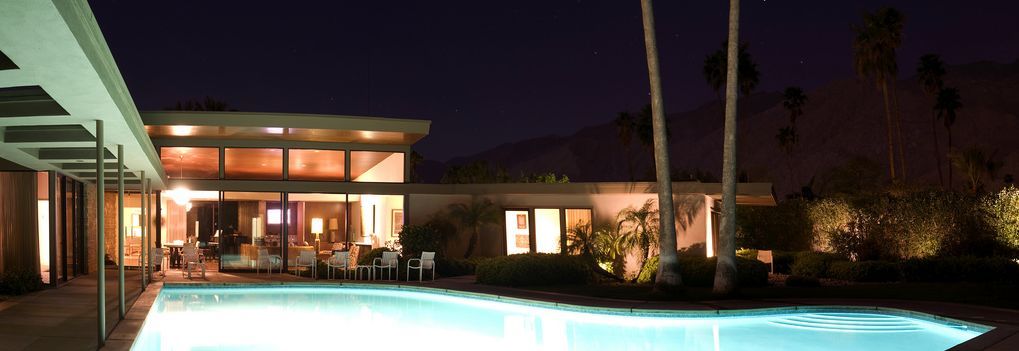|
|
Panoramic Landscape Photography
|
Short rotation cameras usually offer few shutter speeds and have poor focusing ability. Most models have a fixed focus lens, set to the hyperfocal distance of the maximum aperture of the lens, often at around 10 meters (30 ft). Photographers wishing to photograph closer subjects must use a small aperture to bring the foreground into focus, limiting the camera's use in low-light situations.
Rotating lens cameras produce distortion of straight lines. This looks unusual because the image, which was captured from a sweeping, curved perspective, is being viewed flat. To view the image correctly, the viewer would have to produce a sufficiently large print and curve it identically to the curve of the film plane. This distortion can be reduced by using a swing-lens camera with a standard focal length lens. The FT-2 has a 50 mm while most other 35 mm swing lens cameras use a wide-angle lens, often 28 mm.
• Full rotation
Rotating panoramic cameras, also called slit scan or scanning cameras are capable of 360° or greater degree of rotation. A clockwork or motorized mechanism rotates the camera continuously and pulls the film through the camera, so the motion of the film matches that of the image movement across the image plane. Exposure is made through a narrow slit. The central part of the image field produces a very sharp picture that is consistent across the frame.
|
|









